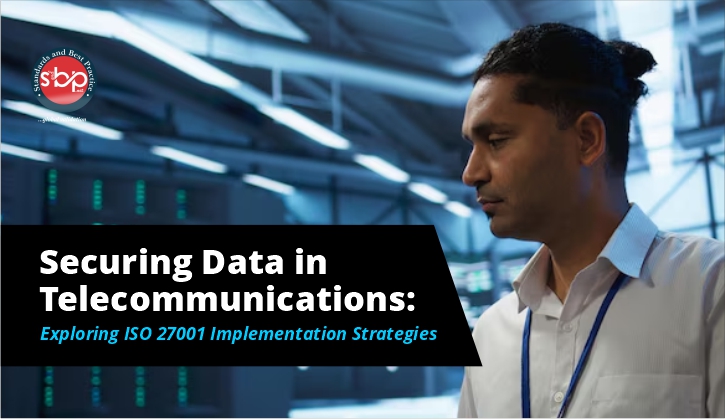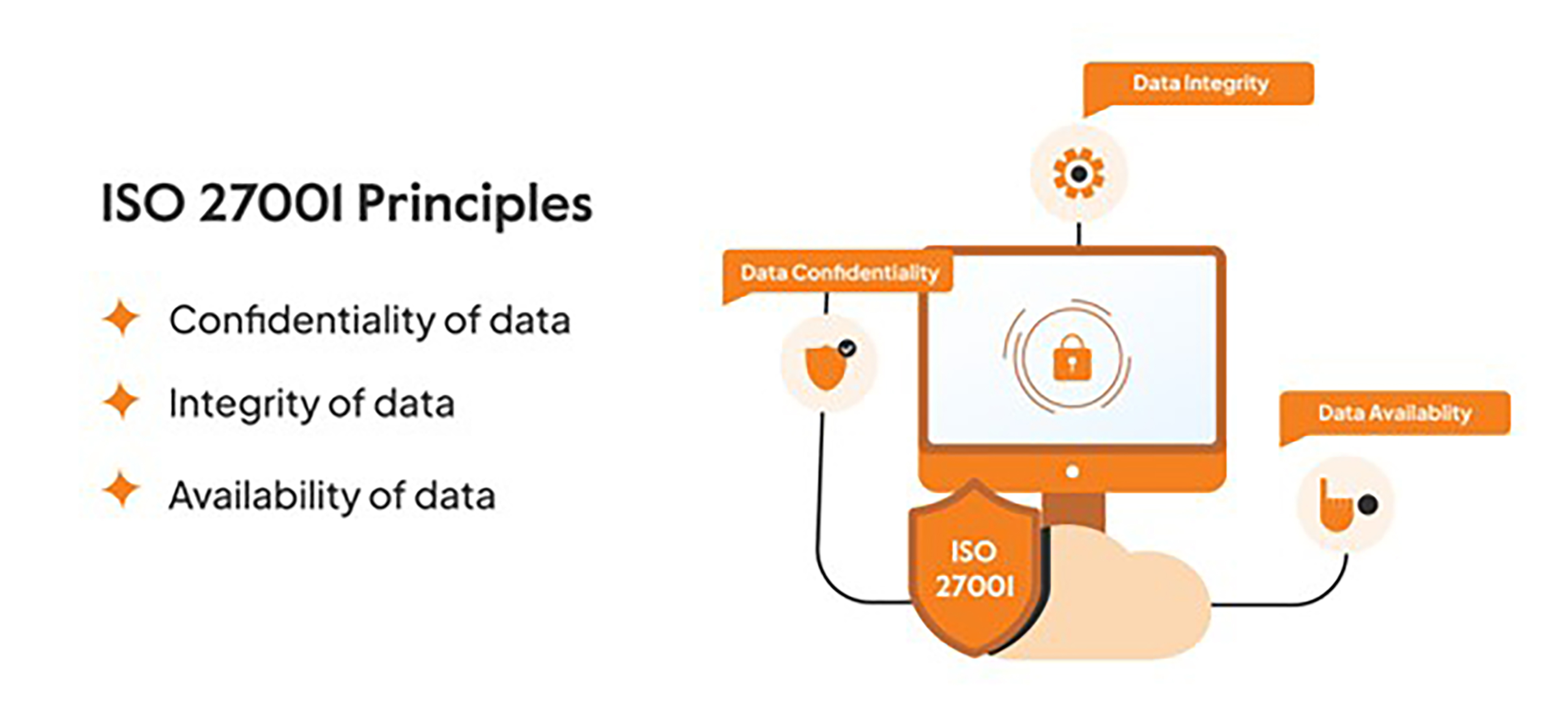The telecommunications industry is the backbone of modern communication, carrying sensitive information across vast networks. As data becomes the lifeblood of our digital world, ensuring its security becomes paramount. This blog post, from an ISO standards expert's perspective, explores how ISO 27001, the international standard for information security management systems (ISMS), can be strategically implemented to safeguard data within the telecommunications landscape.
Understanding the Threat Landscape in TelecommunicationsTelecommunications companies face a unique set of data security challenges:
- Highly Targeted Attacks: Telecommunications infrastructure is a prime target for cybercriminals seeking access to sensitive user data or to disrupt critical communication channels.
- Evolving Threats: The cyber threat landscape is constantly evolving, with new attack vectors and vulnerabilities emerging regularly.
- Complex Network Architecture: Telecommunications networks are intricate systems, making it difficult to identify and secure all potential entry points for breaches.
ISO 27001 offers a robust framework for telecommunications companies to establish, implement, maintain, and continually improve their information security posture.
Here's how:
- Risk-Based Approach: ISO 27001 promotes a risk-based approach to information security. By identifying and prioritizing information security risks specific to the telecommunications environment, companies can allocate resources effectively to address the most critical threats.
- Systematic Controls: The standard provides a comprehensive set of information security controls outlined in Annex A. These controls cover various aspects, including physical security, access control, cryptography, and incident management. By implementing these controls or adapting them to the telecom context, companies can create a layered defense against cyberattacks.
- Continuous Improvement: ISO 27001 is not a static document; it emphasizes the importance of continual improvement. This allows telecommunications companies to adapt their ISMS to evolving threats and technological advancements.
Exploring Implementation Strategies for Telecommunications
While ISO 27001 offers a generic framework, successful implementation in the telecommunications sector requires specific strategies:
- Understanding Network Architecture: A thorough understanding of the network architecture and data flow within the organization is crucial for identifying vulnerabilities and prioritizing controls.
- Focus on Supply Chain Security: Telecommunications companies rely on a complex network of vendors and partners. It's essential to extend security practices throughout the supply chain to minimize risks.
- Employee Awareness and Training: Employees are often the first line of defense against cyberattacks. Regular awareness training and education programs are crucial for instilling a culture of security within the organization.
- Integration with Existing Systems: Integrating the ISMS with existing IT security systems and processes can streamline operations and enhance overall effectiveness.
Exploring the Potential Benefits of ISO 27001 Implementation
By strategically implementing ISO 27001, telecommunications companies can reap a multitude of benefits:
- Enhanced Data Security: Reduced risk of data breaches and improved protection of sensitive customer information.
- Increased Customer Confidence: Demonstrating a commitment to information security can build trust and enhance customer loyalty.
- Improved Compliance: Meeting regulatory requirements for data protection and privacy.
- Competitive Advantage: A robust ISMS can give telecommunications companies a competitive edge in the marketplace.
Conclusion: A Roadmap for Continuous Security Improvement
We believe that ISO 27001 serves as a powerful roadmap for telecommunications companies to embark on a journey of continuous information security improvement. While this exploration has highlighted some key aspects, further research and industry-specific case studies are necessary to fully understand the implementation challenges and opportunities. By actively exploring the potential of ISO 27001, telecommunications companies can secure their data, build trust with customers, and gain a competitive edge in the ever-evolving digital landscape.











